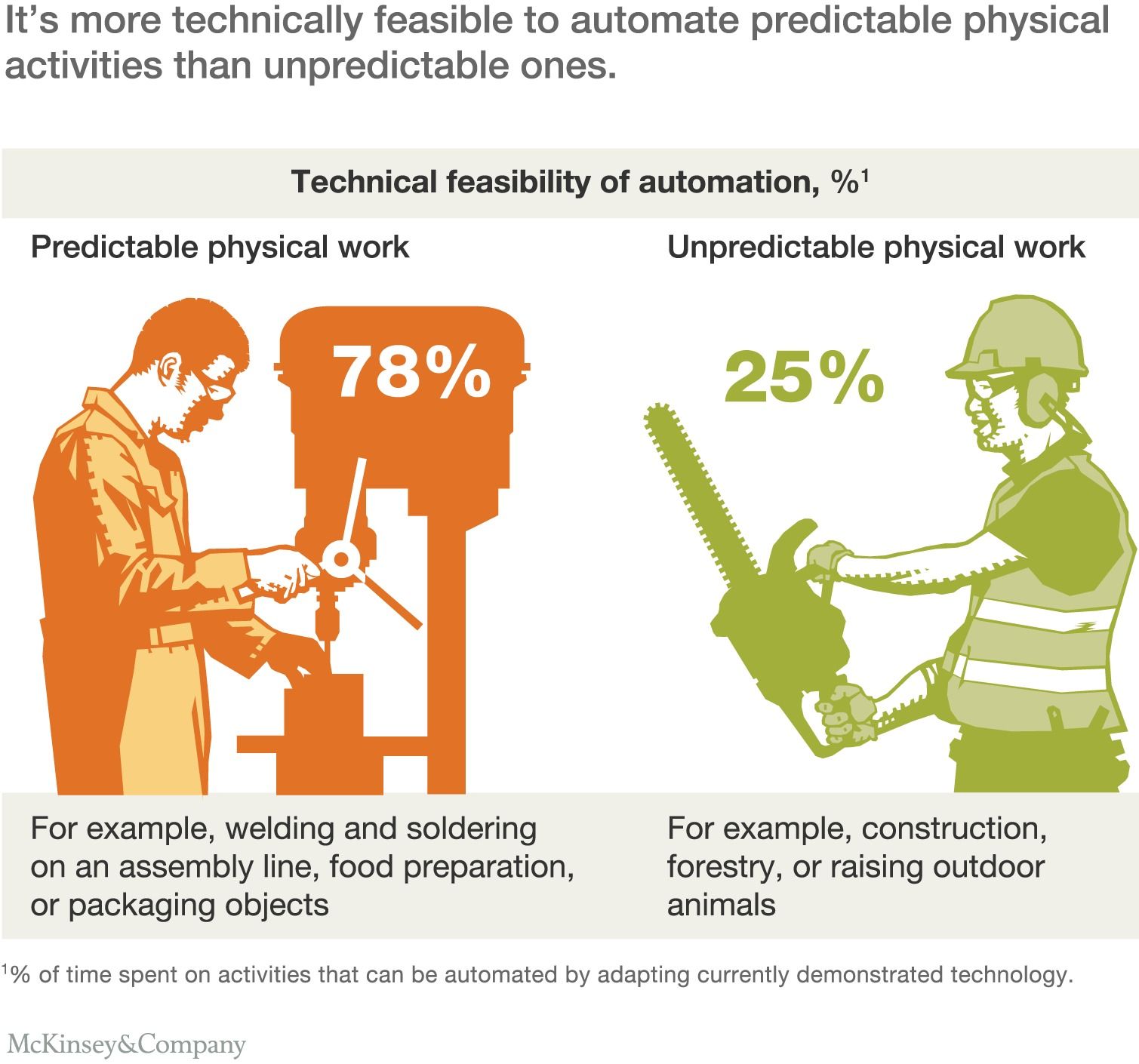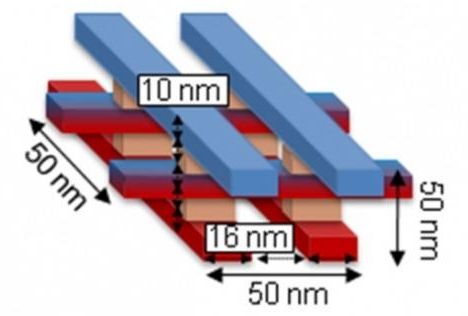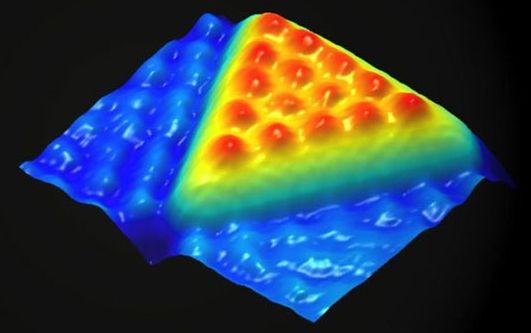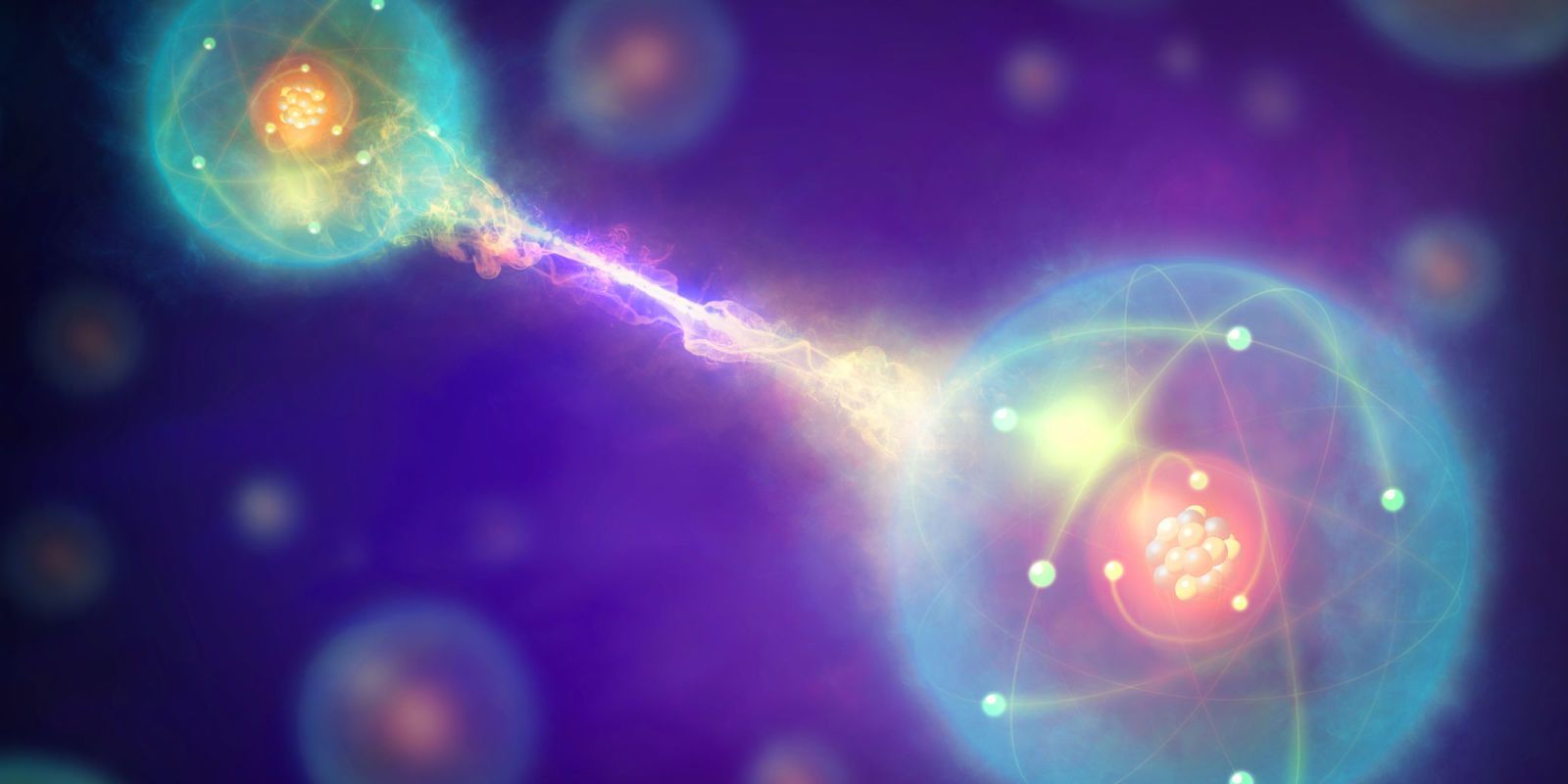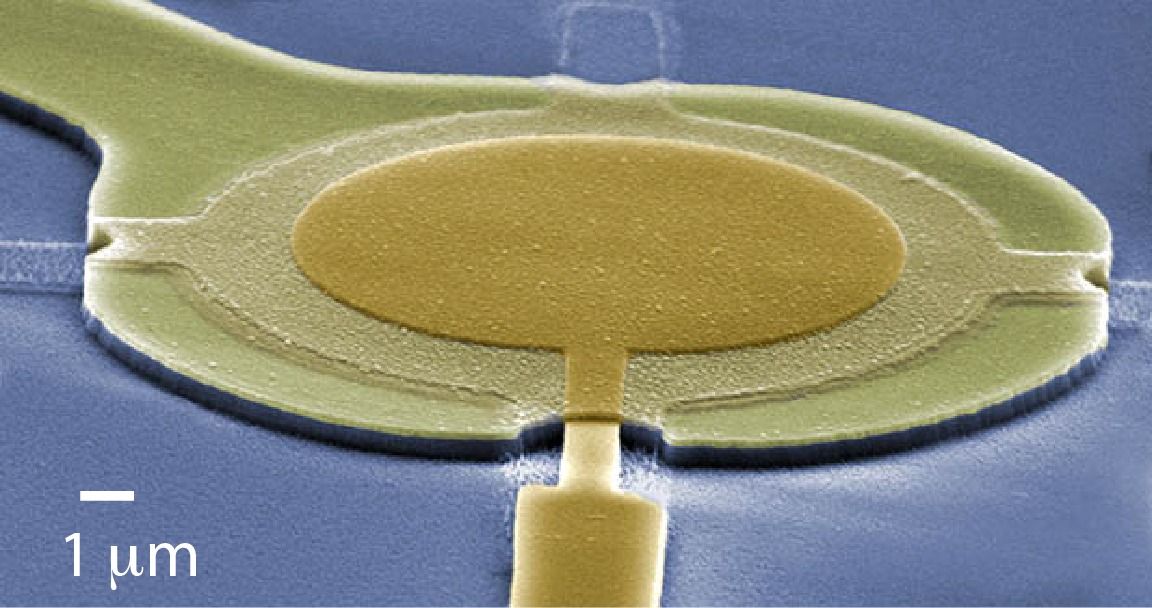Page 10770
Oct 31, 2016
Blockchain, cryptocurrencies, and central banks: Opportunity or threat? — By Dirk Niepelt | World Economic Forum
Posted by Odette Bohr Dienel in category: cryptocurrencies
“Central banks increasingly are under pressure to keep ‘their’ currencies attractive. They should let the general public access electronic central bank money, not just financial institutions ( Niepelt 2015). To do this, they should embrace the blockchain.”
Oct 31, 2016
Edmonton researchers’ tiny discovery may revolutionize computers
Posted by Karen Hurst in categories: computing, nanotechnology, particle physics, quantum physics
New method for creating smaller switches for QC identified and making smaller and more efficient QC systems possible.
Edmonton nanotechnology researchers working with atom-sized materials have made a breakthrough that could lead to smaller, ultraefficient computers.
The team, led by Robert Wolkow, together with collaborators at the Max Planck Institute in Hamburg, have developed a way to create atomic switches for electricity nearly 100 times smaller than the smallest switches, or transistors, on the market today. Their findings appeared in the Oct. 26 edition of the scientific publication Nature Communications.
Continue reading “Edmonton researchers’ tiny discovery may revolutionize computers” »
Oct 31, 2016
Tiny Computer Pushes the Envelope with Micro-Memory
Posted by Karen Hurst in category: computing
Talk about downsizing – researchers at the University of California in Santa Barbara have developed a design for a 50 nanometer square computer, the university announced Oct. 27.
For now, that size is entirely theoretical. It could be managed by a novel kind of logic that enables the computer to process data inside a three-dimensional structure.
“In a regular computer, data processing and memory storage are separated, which slows down computation. Processing data directly inside a three-dimensional memory structure would allow more data to be stored and processed much faster,” said Gina Adam, a postdoctoral researcher and the lead author of the paper.
Continue reading “Tiny Computer Pushes the Envelope with Micro-Memory” »
Oct 31, 2016
How Nanoscience Will Improve Our Lives in the Coming Years
Posted by Karen Hurst in categories: biotech/medical, food, health, nanotechnology
In a newly published study, nanoscientists look ahead to what we can expect in the coming decade, and conclude that nanoscience is poised to make important contributions in many areas, including health care, electronics, energy, food and water.
Nanoscience research involves molecules that are only 1/100th the size of cancer cells and that have the potential to profoundly improve the quality of our health and our lives. Now nine prominent nanoscientists look ahead to what we can expect in the coming decade, and conclude that nanoscience is poised to make important contributions in many areas, including health care, electronics, energy, food and water.
Significant progress has already been made in nanomaterials, report authors Paul Weiss, who holds a UC presidential chair and is a distinguished professor of chemistry and biochemistry at UCLA, and Dr. Andre Nel, chief of nanomedicine at the David Geffen School of Medicine at UCLA. In the journal ACS Nano, Weiss, Nel, who is a distinguished professor of medicine, and their colleagues say the following:
Continue reading “How Nanoscience Will Improve Our Lives in the Coming Years” »
Oct 31, 2016
New Technique Reveals Powerful, “Patchy” Approach to Nanoparticle Synthesis
Posted by Karen Hurst in categories: nanotechnology, particle physics, solar power, sustainability
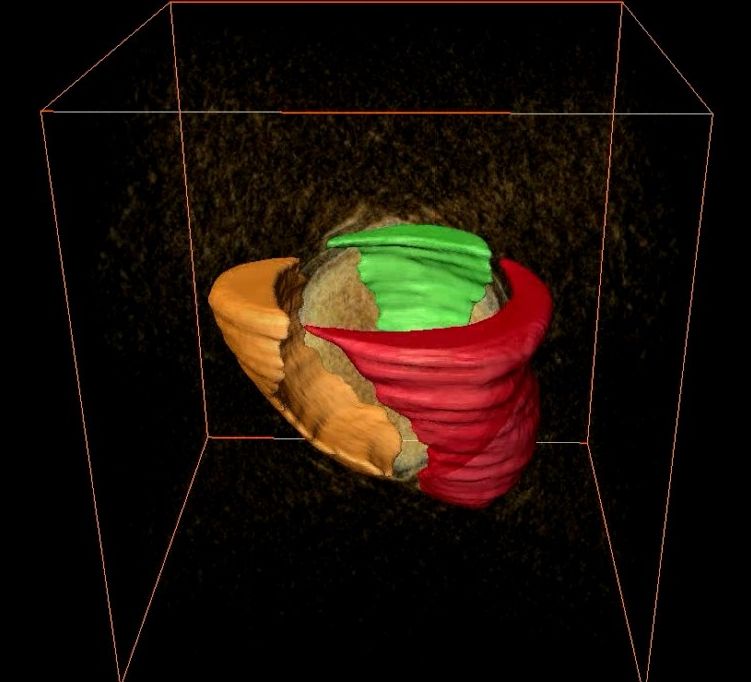
Patches of chain-like molecules placed across nanoscale particles can radically transform the optical, electronic, and magnetic properties of particle-based materials. Understanding why depends critically on the three-dimensional features of these “polymer nano-patches”—which are tantalizingly difficult to reveal at a scale spanning just billionths of a meter.
Now, scientists have used cutting-edge electron tomography techniques—a process of 3D reconstructive imaging —to pinpoint the structure and composition of the polymer nano-patches. The results, published earlier this month in the journal Nature, “lay the foundation for new nanoscale architectures that could potentially enhance technologies such as self-assembled solar cells and catalysts,” said lead author Eugenia Kumacheva of the University of Toronto.
Continue reading “New Technique Reveals Powerful, ‘Patchy’ Approach to Nanoparticle Synthesis” »
Oct 31, 2016
Horror moment NASA military robot explodes into violent ball of flames
Posted by Karen Hurst in categories: military, robotics/AI
Yikes.
A ROBOT designed by NASA for search and rescue missions was caught on camera as it burst into flames in a blast “as powerful as a stick of dynamite”.
Oct 31, 2016
Tesla’s New Solar Roof Shingles Remind Us of Its Future in Energy
Posted by Karen Hurst in categories: Elon Musk, energy, habitats, sustainability, transportation
So, could this material be also in the metal exterior of their cars?
Last Friday, Tesla Motors??? (TSLA) CEO Elon Musk debuted new solar roof shingles for homes at an event at Universal Studios in Los Angeles, reminding all of us that the electric car maker is much more than just a car company.
Oct 31, 2016
We May Have Found a Way to Cheat the Second Law of Thermodynamics
Posted by Karen Hurst in category: quantum physics
Physicists created a new quantum theorem for entropy, and included is a possible exception.
Oct 31, 2016
Researchers nearly reach quantum limit with nanodrums
Posted by Karen Hurst in categories: encryption, quantum physics
Extremely accurate measurements of microwave signals can potentially be used for data encryption based on quantum cryptography and other purposes.
Researchers at Aalto University and the University of Jyväskylä have developed a new method of measuring microwave signals extremely accurately. This method can be used for processing quantum information, for example, by efficiently transforming signals from microwave circuits to the optical regime.
